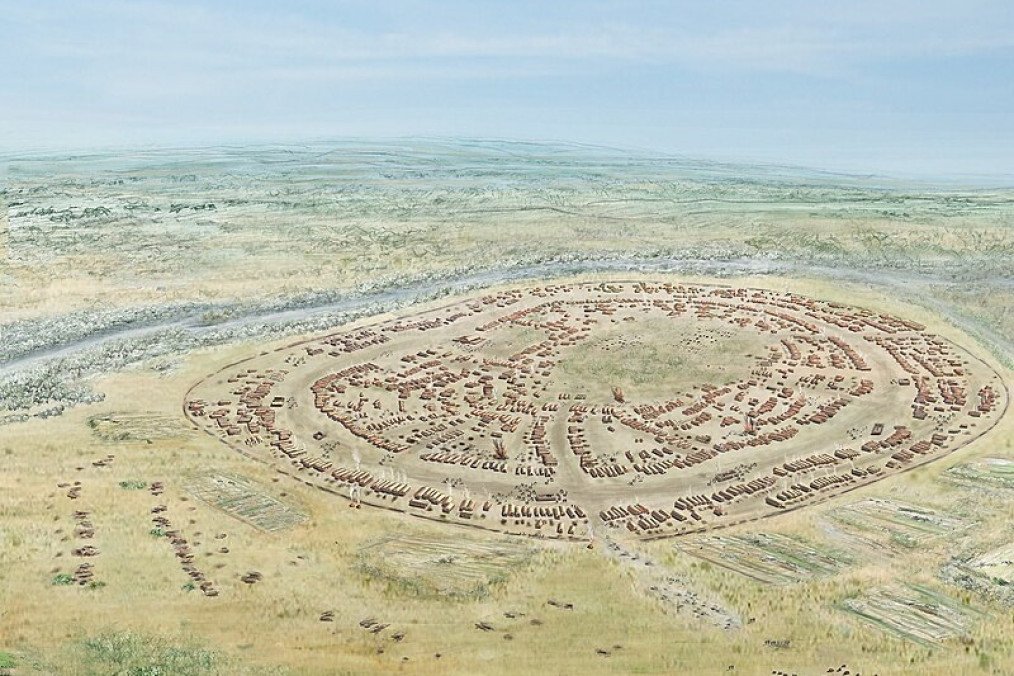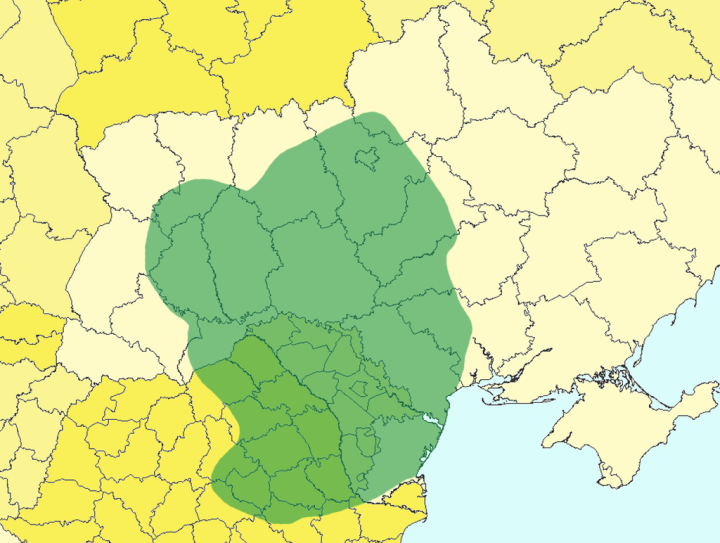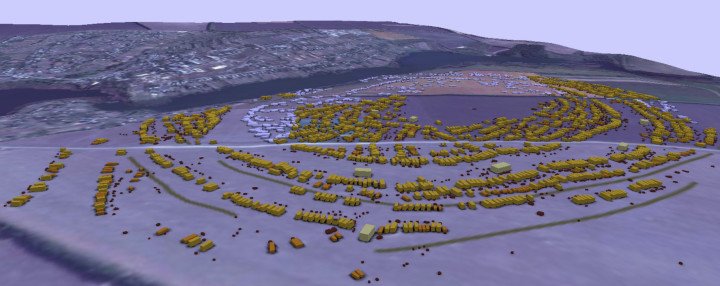- Category
- Latest news
New Research Suggests Ukraine May Precede Mesopotamia as Home of First Cities

Recent archaeological findings have dramatically shifted the understanding of early urban development, challenging long-held beliefs about the origins of human civilization. Contrary to the traditional view that the first cities emerged in Mesopotamia around 3800 BC, new evidence suggests that substantial urban settlements existed in Ukraine as early as 4000 BC. These findings, particularly centered around the Trypillia megasites, indicate that early human societies may have been more complex and organized than previously thought.

Excavations in Ukraine have uncovered vast settlements with sizes reaching up to 320 hectares—three times larger than Bern’s old town—potentially housing over 10,000 inhabitants. Notable sites like Maidanetske, Talianky, and Nebelivka showcase structured layouts with houses arranged in concentric rings, a feature that implies sophisticated urban planning. This discovery calls into question the previous assumption that early societies were primarily small, agrarian communities.
Johannes Müller, an archaeologist from the University of Kiel, has been at the forefront of this research since 2011. He highlights how these findings challenge established narratives in archaeology, illustrating how different interpretations can arise from the same archaeological evidence. The initial discoveries, sparked by military topographer Konstantin Shyshkin in the 1960s, revealed hidden structures under the earth through aerial photography, leading to extensive geomagnetic surveys in the area.
The architecture of these megasites is strikingly unique. The settlements feature homes built from wood and clay, organized in a modular system reminiscent of modern Lego structures. Each house, averaging 5 meters wide and 14 meters long, was constructed to fit into a planned layout, with wide corridors and an open central space—indicative of communal living and organized governance. Interestingly, these structures were systematically burned down, potentially as part of ritualistic practices or social customs, though the reasons remain speculative.

The archaeological context surrounding the Trypillia megasites is crucial. Previously, the prevailing narrative of human development suggested that societies were small and decentralized, focused on subsistence farming. However, the scale and complexity of the Tripillja settlements imply a level of social organization that may have included trade, governance, and perhaps even social hierarchies. The absence of individual graves suggests different burial practices, possibly linked to communal or ritualistic beliefs.
Moreover, the dissolution of the Soviet Union has allowed for renewed interest and investigation into these sites, leading to improved technology and methodologies in archaeology. The new insights have attracted attention from Western archaeologists, further emphasizing the importance of the Trypillia megasites in understanding the evolution of urban centers.


-72b63a4e0c8c475ad81fe3eed3f63729.jpeg)

-111f0e5095e02c02446ffed57bfb0ab1.jpeg)

